Kashi Vishwanath Temple Varanasi
Nestled on the western bank of the sacred River Ganga, the Kashi Vishwanath Temple in Varanasi is one of the most revered shrines in Hinduism. Dedicated to Lord Shiva, it is counted among the 12 Jyotirlingas, which are the holiest abodes of Shiva on Earth. Devotees believe that a single darshan of Kashi Vishwanath liberates one from the endless cycle of birth and death, granting moksha (salvation).
The temple is not only a symbol of deep faith but also an architectural marvel that reflects centuries of devotion, destruction, and reconstruction. Pilgrims from across the globe come here to bow before Baba Vishwanath, the ruler of Kashi (Varanasi), believing that Shiva himself resides here as the eternal protector of devotees.
Legends Associated with Kashi Vishwanath Temple
The temple’s sanctity is deeply rooted in Hindu mythology. Several legends highlight its spiritual significance:
1. The Jyotirlinga Manifestation
According to the Shiva Purana, once Brahma and Vishnu debated over who was supreme. To settle the dispute, Shiva manifested as a fiery pillar of light that pierced the heavens and the earth. This infinite cosmic flame came to be known as a Jyotirlinga. The place where this divine light appeared in Kashi became the sacred abode of Vishwanath.
2. Lord Shiva’s Abode in Kashi
It is believed that Lord Shiva declared Kashi as his permanent home. Hence, unlike other Jyotirlingas, the Kashi Vishwanath Jyotirlinga is considered immortal and indestructible. The belief is that death in Kashi ensures moksha, as Shiva himself whispers the Taraka mantra in the ears of the departed soul.
3. Parvati’s Desire for Kashi
Another legend narrates that Goddess Parvati wished to reside in Kashi, the city of spiritual liberation. Lord Shiva fulfilled her wish, making Varanasi the most sacred city on earth, where spiritual seekers can attain liberation easily.
Historical Journey of the Temple
The history of the Kashi Vishwanath Temple is a saga of resilience and faith:
- Ancient References: The temple finds mention in ancient texts like the Skanda Purana, dating back thousands of years.
- Medieval Period: The temple faced multiple destructions during invasions. The most notable destruction was in 1669 CE under Mughal emperor Aurangzeb, who built the Gyanvapi Mosque adjacent to the temple.
- Reconstruction: The present structure of the temple was commissioned in 1780 by Maharani Ahilyabai Holkar of Indore, a devout patron of Hindu temples. Later contributions were made by rulers of Punjab, Nepal, and other regions.
- Modern Era: The temple has recently undergone significant transformation under the Kashi Vishwanath Corridor project, inaugurated in 2021, which connects the temple with the Ganga Ghats, providing easy access for pilgrims.
Architectural Splendor of Kashi Vishwanath Temple
The temple is a blend of devotion and grandeur:
- Golden Spire: The most striking feature is the golden spire (shikhara), donated by Maharaja Ranjit Singh of Punjab in 1839. It is said that nearly 800 kilograms of gold adorn the temple.
- Sanctum Sanctorum (Garbhagriha): The Jyotirlinga is enshrined in the sanctum, a black stone idol representing Shiva in his infinite form.
- Surrounding Shrines: The temple complex houses smaller shrines dedicated to other deities like Kaal Bhairav, Vishnu, Vinayaka, and Dhandapani.
- Kashi Vishwanath Corridor: This newly developed area provides wide pathways, viewing galleries, and direct access to the ghats, creating a divine yet modern experience for devotees.
Darshan Timings at Kashi Vishwanath Temple
Major Darshan Slots:
- Mangala Aarti: 3:00 AM – 4:00 AM (Requires advance booking).
- General Darshan: 4:00 AM – 11:00 AM, 12:00 PM – 7:00 PM, 8:30 PM – 9:00 PM.
- Shringar Aarti: 6:00 PM – 7:00 PM.
- Shayana Aarti: 10:30 PM – 11:00 PM.
Devotees are advised to check the official Kashi Vishwanath Temple website for updated timings, as they may vary during festivals.
Rituals and Worship Practices
The temple is known for its elaborate rituals, many of which are performed daily:
- Mangala Aarti: Conducted at dawn, this ritual awakens the deity with hymns and offerings.
- Rudrabhishek: Devotees offer milk, honey, ghee, and holy water to the Jyotirlinga while chanting Vedic mantras.
- Shringar Darshan: In the evening, the idol is decorated with flowers, ornaments, and silken clothes.
- Shayana Aarti: At night, the deity is symbolically put to rest with devotional songs.
Special pujas like Shravan Maas rituals and Maha Shivratri celebrations attract thousands of devotees annually.
Significance of Visiting Kashi Vishwanath Temple
- Spiritual Liberation: A darshan here is believed to erase sins and grant liberation.
- Karmic Relief: Performing Rudrabhishek is said to bring peace, prosperity, and freedom from obstacles.
- Union of Shakti and Shiva: The temple symbolizes the cosmic union of divine energy and consciousness.
- Blessing of Ancestors: Offering prayers here is believed to liberate one’s ancestors.
How to Reach Kashi Vishwanath Temple
- By Air: The nearest airport is Lal Bahadur Shastri International Airport (Varanasi Airport), around 25 km away.
- By Train: Varanasi Junction (10 km) and Manduadih Railway Station (6 km) are the closest railheads.
- By Road: Well-connected highways link Varanasi to nearby cities like Prayagraj, Lucknow, and Patna.
Once in Varanasi, auto-rickshaws, cycle-rickshaws, and taxis are readily available to reach the temple. The Kashi Vishwanath Corridor ensures easy access from Dashashwamedh Ghat and nearby areas.
Travel Tips for Pilgrims
- Book Aarti Tickets Early: Limited seats are available for Mangala Aarti and Shringar Aarti.
- Follow Dress Code: While there isn’t a strict code, wearing traditional attire is recommended for respect.
- Avoid Carrying Gadgets: Mobile phones, cameras, and bags are not allowed inside. Use designated lockers.
- Best Time to Visit: The temple is busiest during Maha Shivratri and the month of Shravan (July-August). For a calmer experience, visit early morning.
- Stay Nearby: Opt for accommodations near Dashashwamedh Ghat or Godowlia for convenience.
Nearby Attractions to Explore
- Dashashwamedh Ghat: Famous for the grand Ganga Aarti ceremony.
- Sarnath: A sacred Buddhist site, 10 km away.
- Annapurna Devi Temple: Located close to Kashi Vishwanath, dedicated to the goddess of food and nourishment.
- Manikarnika Ghat: The most sacred cremation ground, symbolizing liberation.
- Banaras Hindu University (BHU): Known for the Bharat Kala Bhavan Museum.
Conclusion
The Kashi Vishwanath Temple in Varanasi is not just a religious destination but a journey into the soul of India’s spiritual heritage. It stands as a beacon of faith, resilience, and divine energy, attracting millions of pilgrims each year. Whether you seek liberation, blessings, or simply a profound spiritual experience, a visit to this sacred Jyotirlinga is bound to leave you transformed.
When the chants of “Har Har Mahadev” echo through the corridors of Kashi Vishwanath, one feels the eternal presence of Lord Shiva—timeless, powerful, and compassionate. Truly, a pilgrimage to this temple is a step closer to the divine.

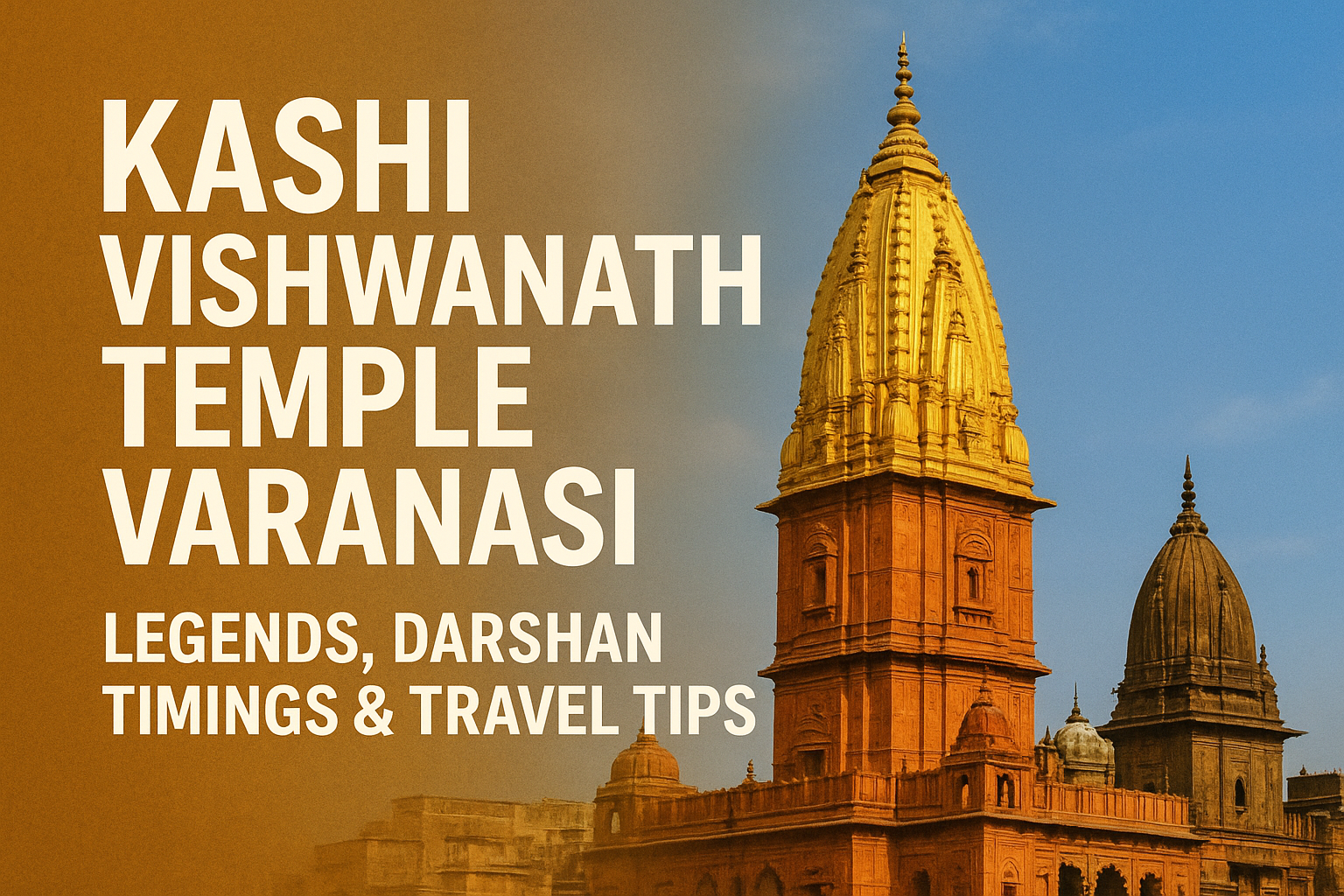
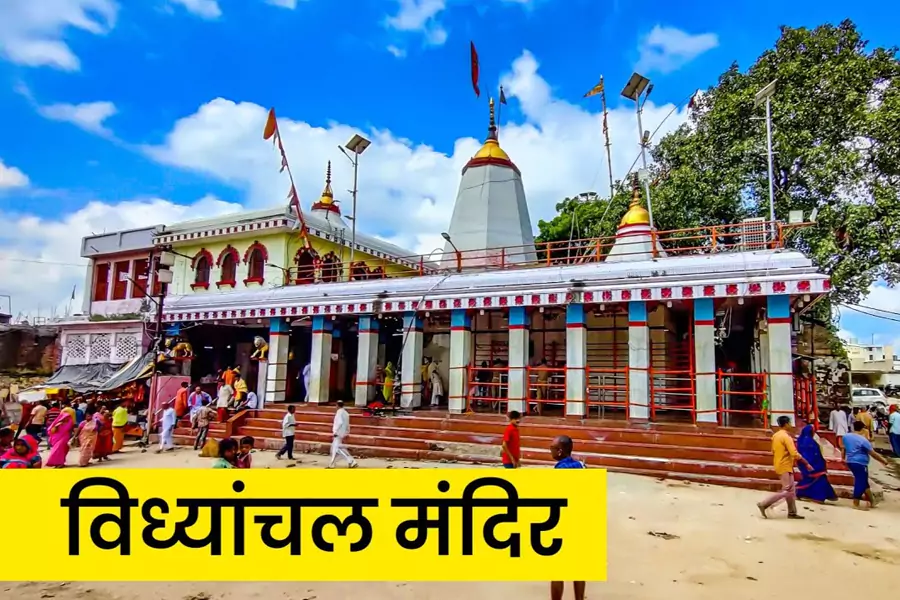

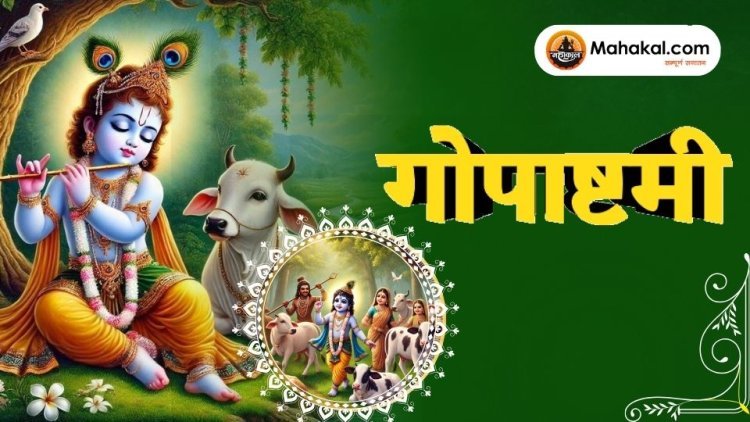
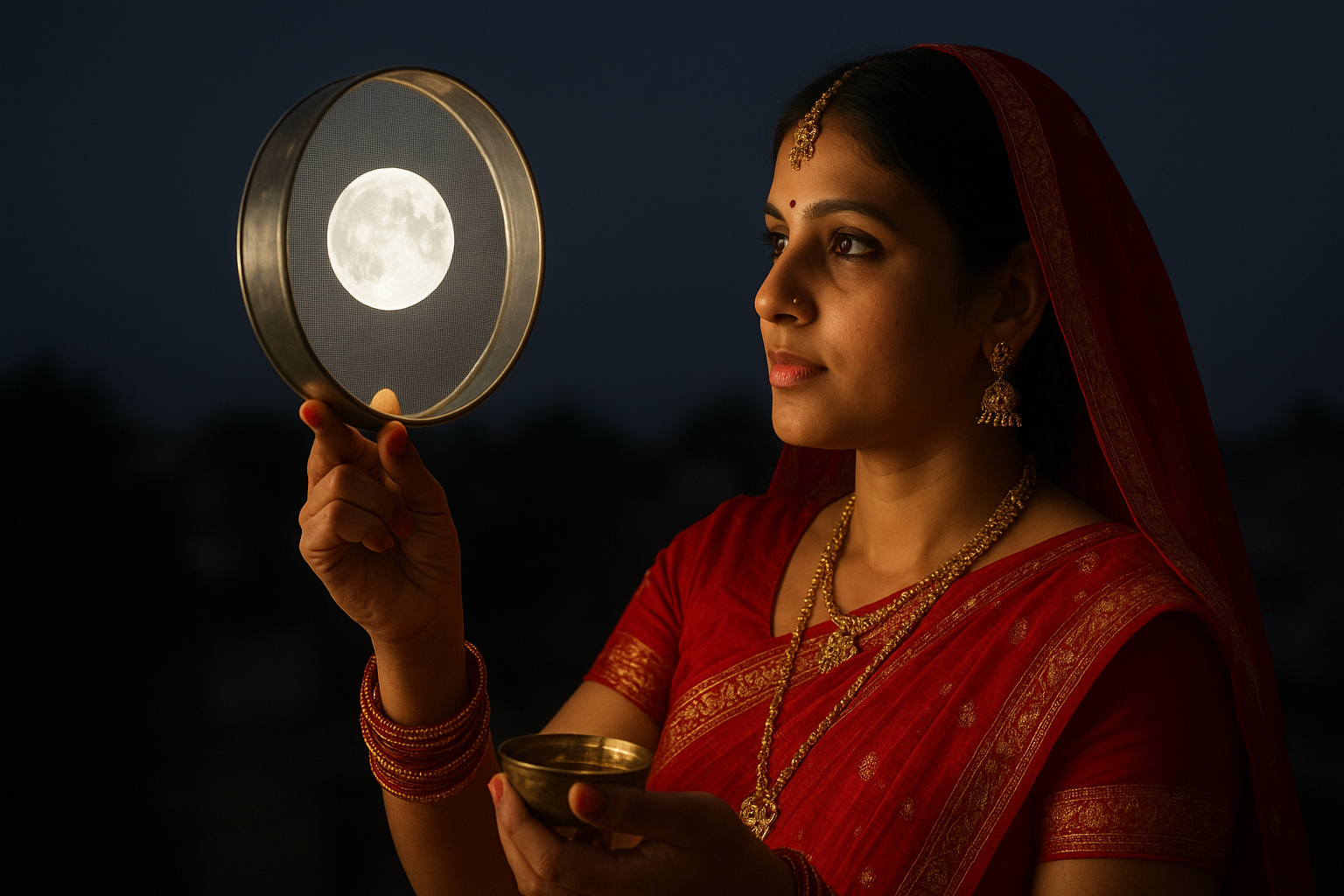

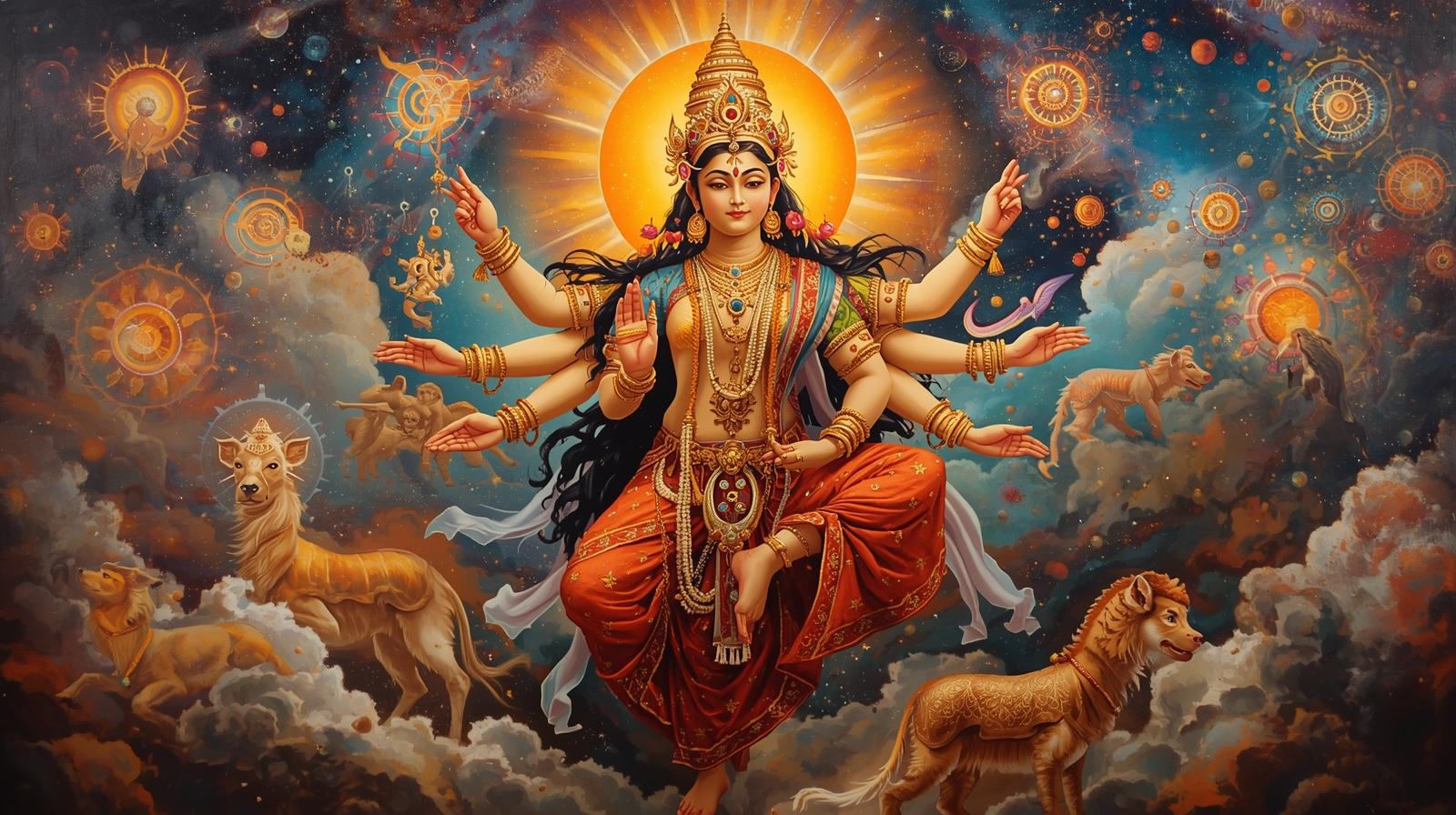


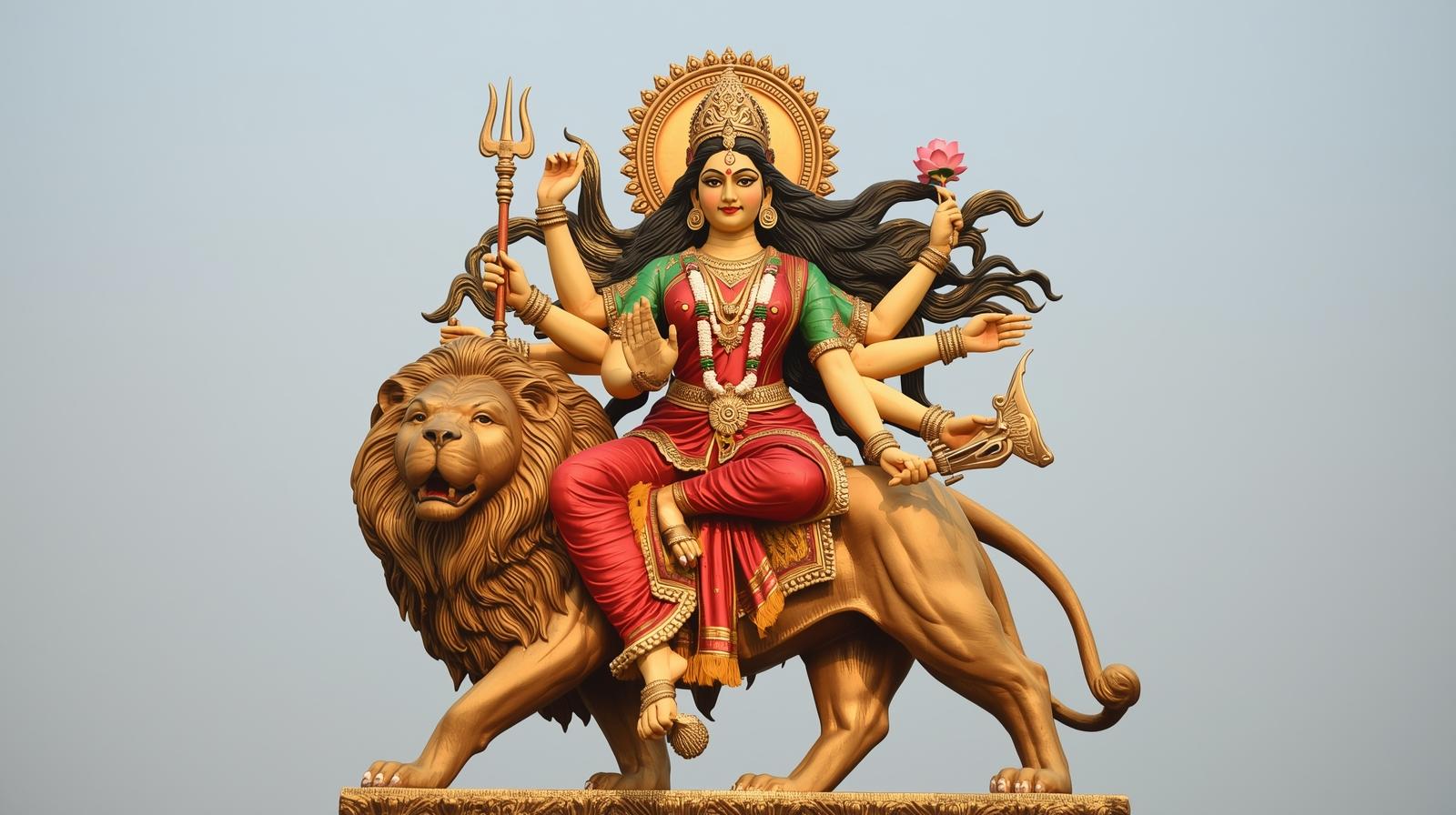
Leave a Reply